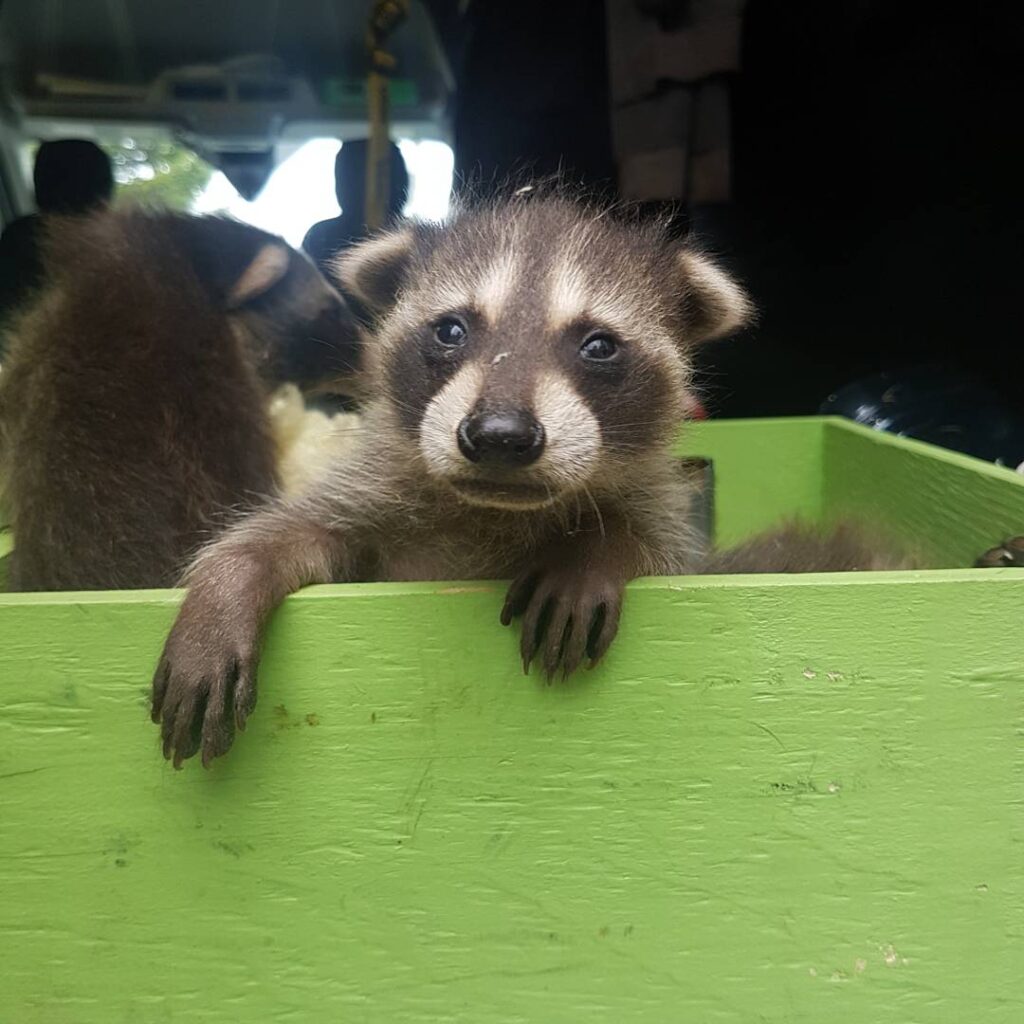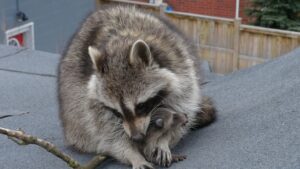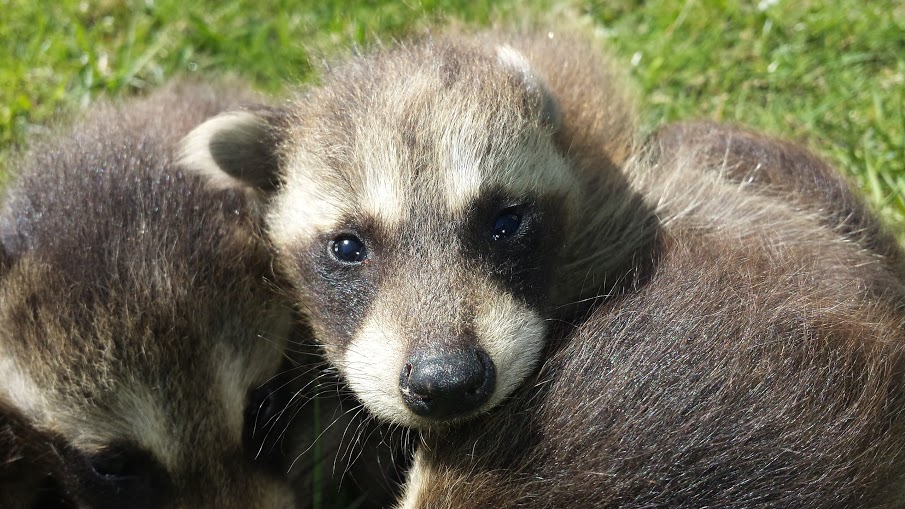Apart from the characteristic mask-like markings over their eyes and striped tails, the most distinguishing qualities about raccoons are their cleverness and resourcefulness. Though raccoons can live for a decade or more, the average lifespan is about five years. With their opportunistic natures, raccoons make the most of whatever time they have. Even homeowners in Bowmanville who have to resort to raccoon control in Bowmanville because the “masked bandits” have made a nuisance of themselves often have to grudgingly admire the creatures’ ingenuity.
Raccoon Reproduction
The life of a raccoon often begins in early spring. Mating takes place once a year, usually during the months of January to April. The babies are born two months later, anywhere from Mid-March to June. Raccoon litters can include up to seven babies, also known as kits. Given an average lifespan of five to ten years, a female raccoon can give birth to 35 to 70 babies over the course of her life.
The maternal instinct is very strong in female raccoons. If separated from their kits, they will go to extreme lengths to reunite with them, causing major damage in the process if they have made their nests indoors. Perhaps it is because the kits are so helpless, especially in the first few weeks of life. When they are first born, kits do not have the characteristic fur markings, they have no teeth, and their eyes remain closed for around 3 weeks.

Survival Skills
Nature has equipped the raccoon with some pretty impressive abilities that help these animals not only survive but thrive. A raccoon can run as fast as 15 miles an hour despite their legs being relatively short. Raccoons are excellent at climbing trees, which may give them access to your house via the roof. A raccoon’s hind feet have the ability to rotate 180 degrees, which aids them in climbing down.
A raccoon’s front paws are similar to human hands in that they each have five digits. Unlike human hands, however, raccoons do not have opposable thumbs. Nevertheless, their paws are very dextrous, which helps them to obtain food that might otherwise be inaccessible. Raccoons also have very long claws and special hairs called vibrissae on their toes that allow them to identify objects before picking them up with their paws.
Raccoons are omnivores that eat almost anything. Sometimes they hunt for their food, but more often they will scavenge. This can cause a problem when they get into your garbage.
Predators
Despite their impressive survival skills, raccoons are nevertheless susceptible to predators. Large cats like cougars and bobcats will hunt raccoons, as will canine predators like wolves, coyotes, and foxes. Raccoons, especially young raccoons, are also in danger from the great horned owl. Part of the reason why raccoons like to live near human habitations is that large predators rarely venture into areas populated by large numbers of human beings.

Causes of Death
The survival rate of young kits into adulthood is estimated at only about 50%. Young raccoons often fall victim to predators or disease. When the kits are old enough, their mother teaches them to forage for food. If the kits are separated from their mother or she is killed before they are fully mature, they may die of starvation. Human beings in automobiles pose a serious threat. Raccoons are nocturnal and often hard for drivers to see when they cross the road at night. The most frequent cause of natural death in raccoons is a disease called distemper, which can cause swelling of the brain. Raccoons may also contract bacterial and other viral infections, as well as parasites.
Humane Raccoon Control in Bowmanville
While raccoons can wreak havoc, they do not act with malice toward humans. They are merely trying to survive. Skedaddle Humane Wildlife Control can help you mitigate the problem without doing unnecessary harm to the raccoons themselves.



